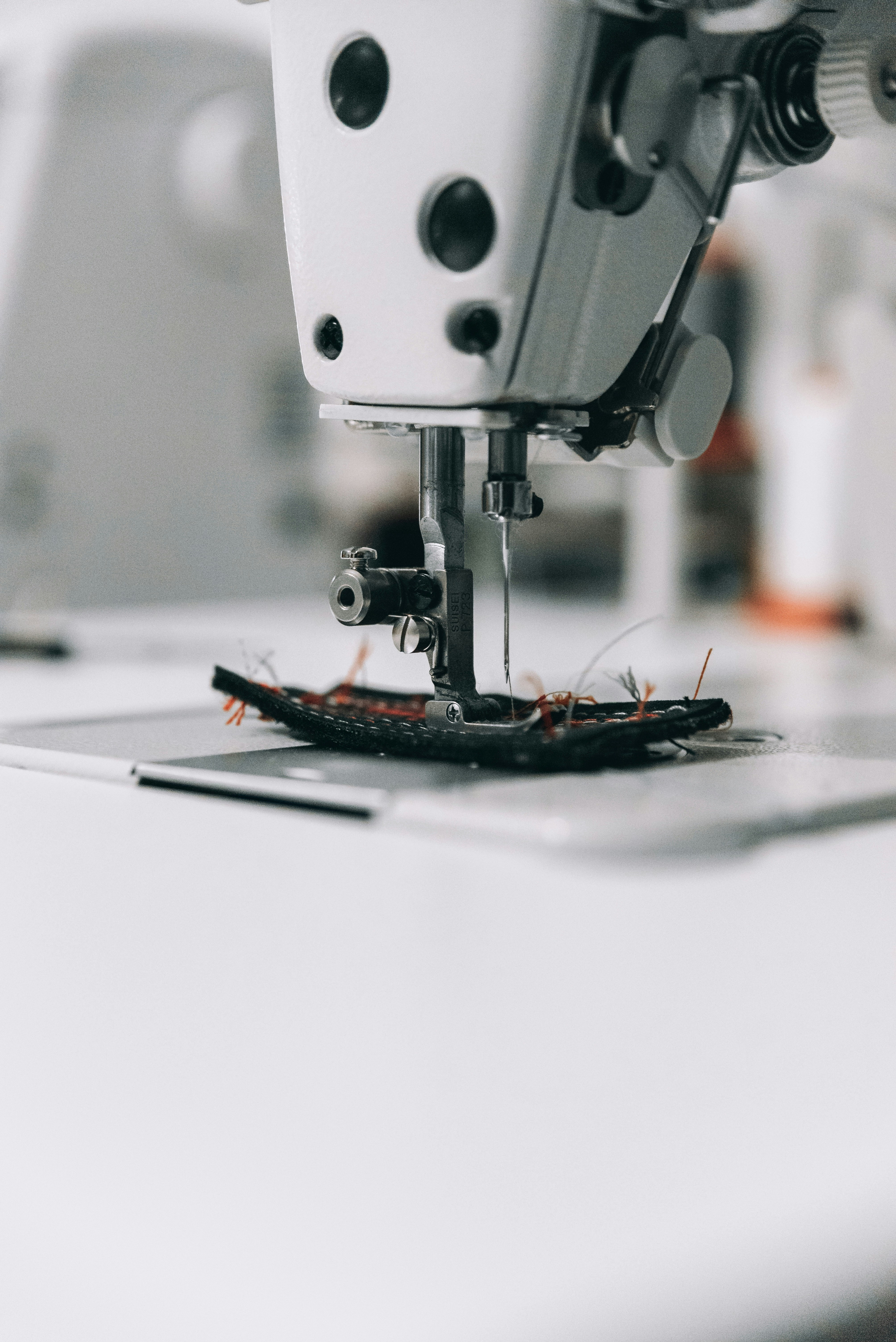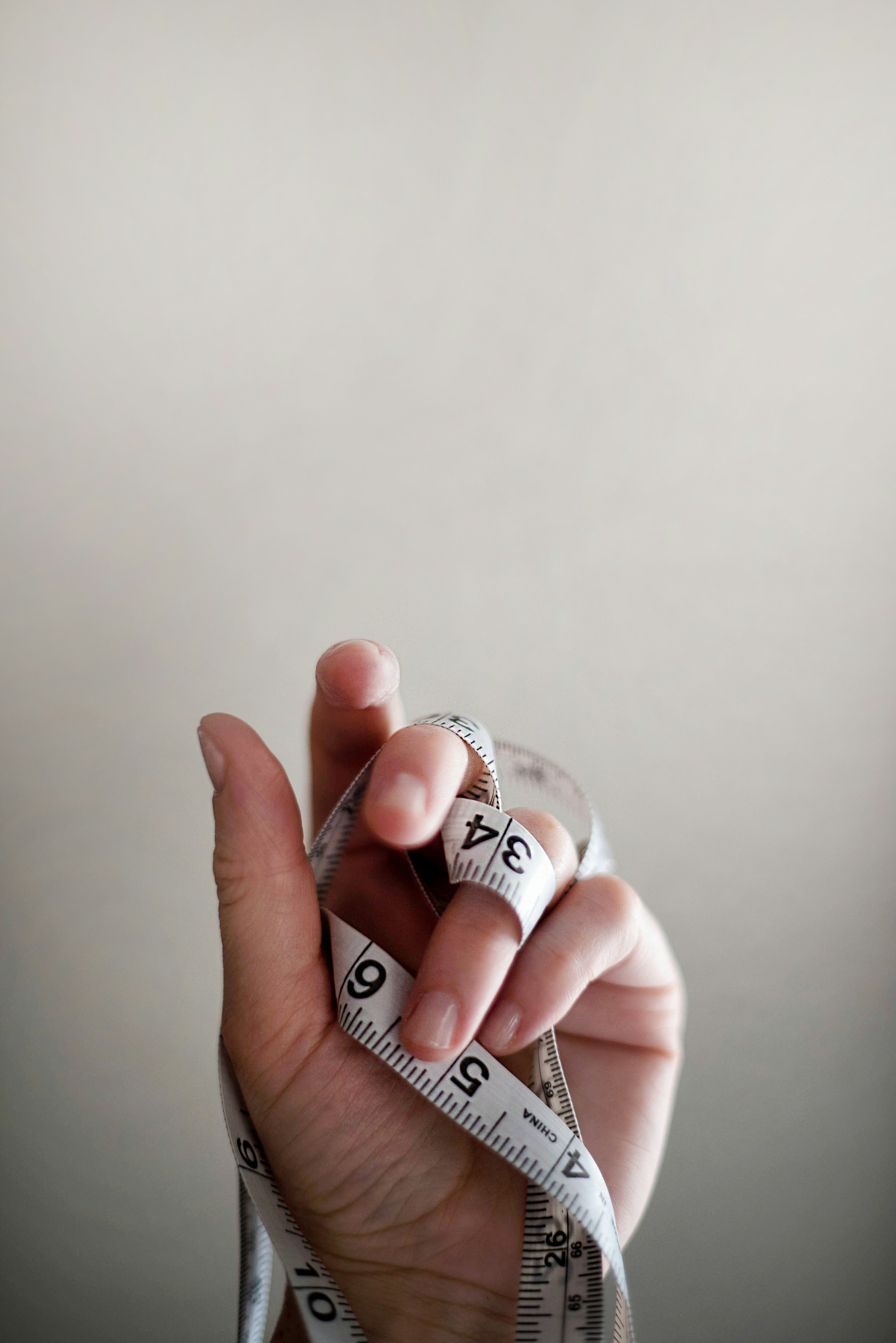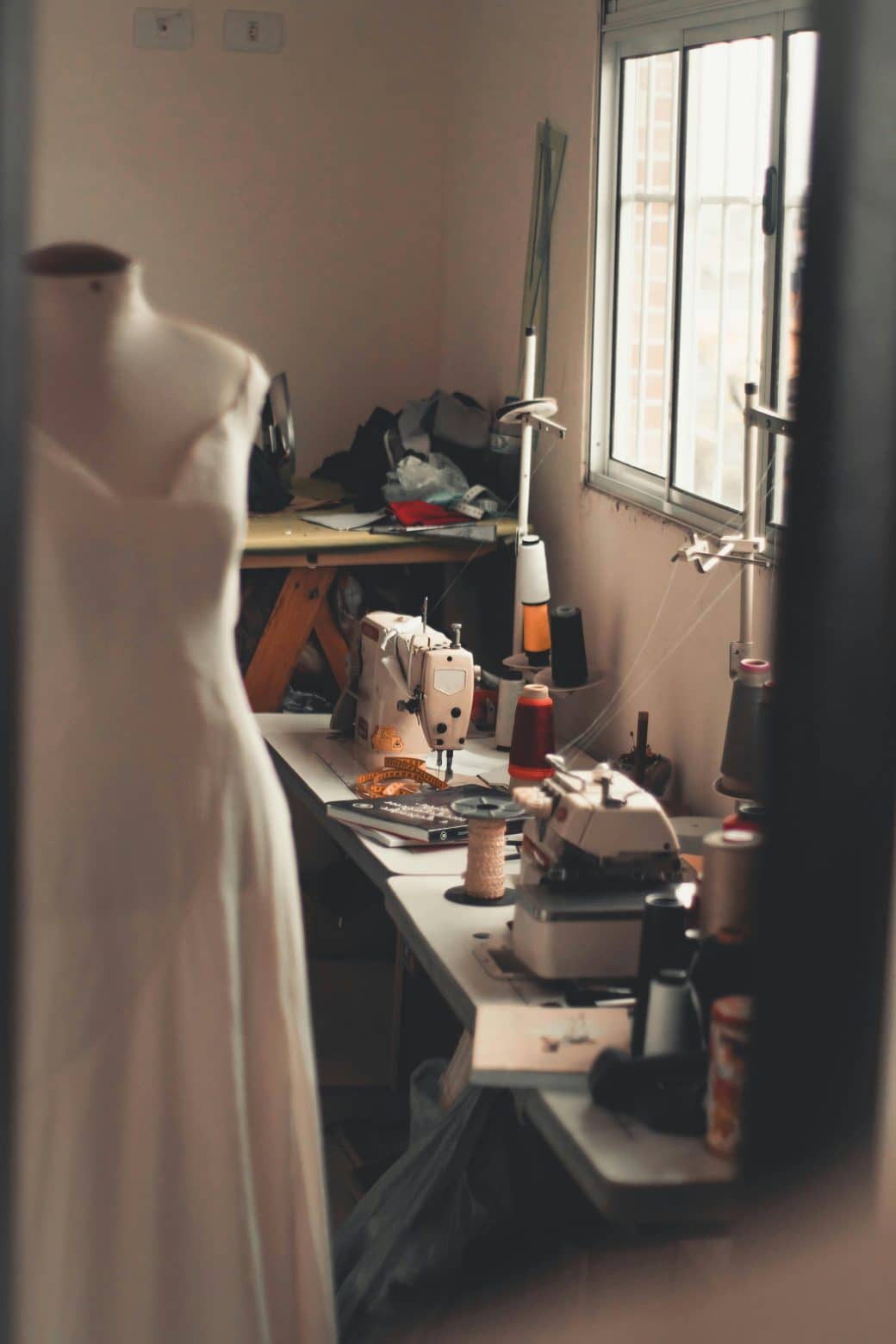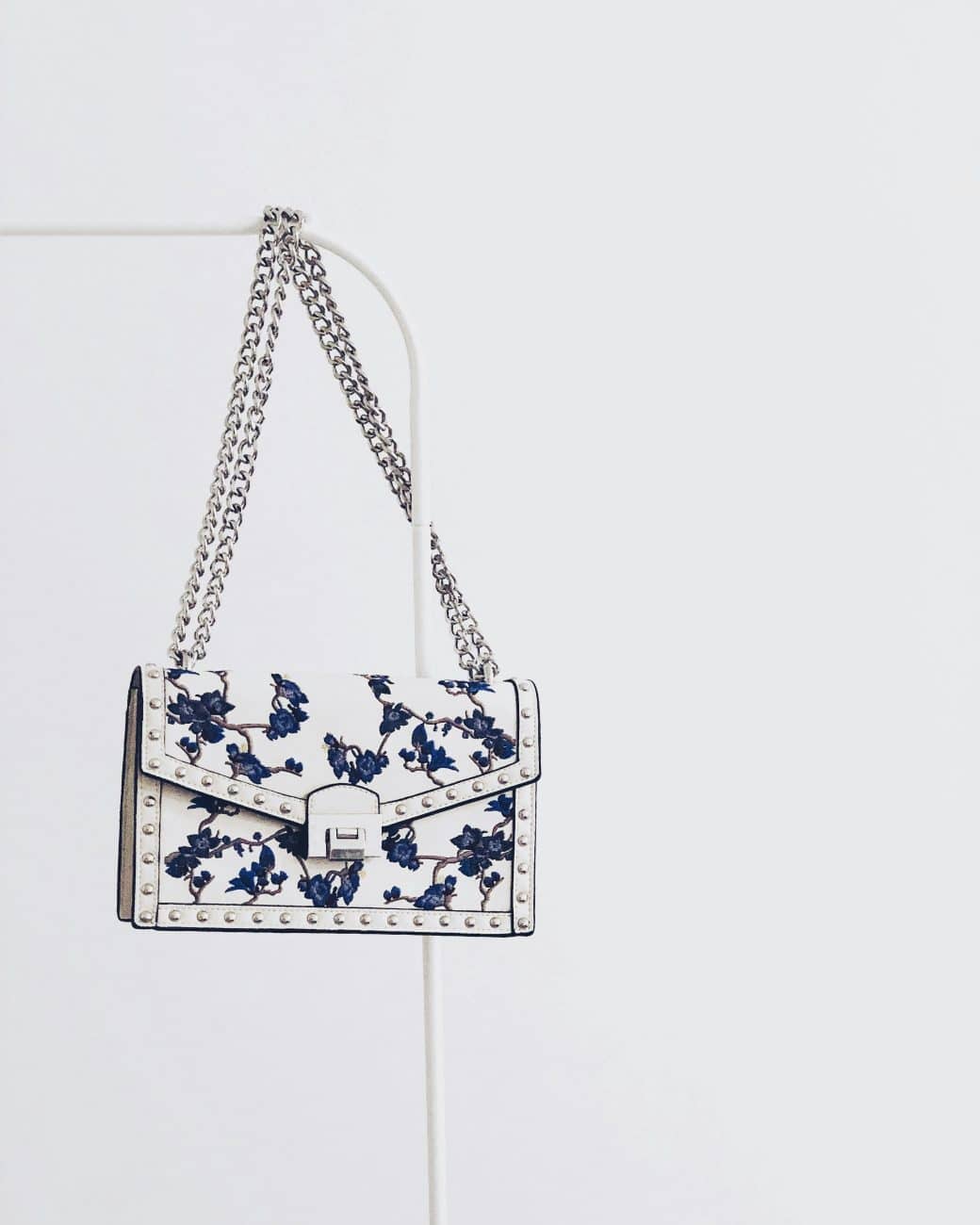So, imagine you’ve caught the bag-making bug. It’s a creative itch that demands scratching, and I’ve been right there with you, navigating the maze of tools and accessories needed to bring those dreamy designs to life. I’ve put together this article as your go-to guide for all things related to bag making tools. Whether you’re a seasoned pro looking to refine your toolkit or a newbie eager to get started, this guide covers everything you need to know to make your bag-making journey smoother and more enjoyable. Let’s ensure your creations turn out as stunning as you envision, with the perfect set of tools in hand.

Choosing the Right Fabric for Your Bag
When I first started making bags, choosing the right fabric felt overwhelming. With so many options out there, where do you even begin? Through trial and error, I’ve learned quite a bit about what makes a fabric ideal for bag making. Let’s dive into that world together.
Characteristics of ideal bag fabric
The ideal bag fabric should be durable, able to withstand daily use without tearing or wearing thin. It should also have enough body to maintain the shape of the bag, yet be flexible enough to sew easily. Water resistance is a bonus, especially for outdoor or travel bags, to keep your belongings safe from the elements.
Using fabric weight guide
Fabric weight is crucial when selecting your material. Lighter fabrics might be suitable for small cosmetic bags or delicate clutch purses, while heavier fabrics are better for tote bags or backpacks. Using a fabric weight guide helps in understanding the suitability of a fabric for your specific project, based on its weight per square yard or meter.
Best fabrics types for bags
Canvas, denim, leather, and heavy-duty polyester are some of the best fabric types for bags. Canvas and denim offer a great balance of durability and sewability, making them perfect for everyday bags. Leather, while requiring more specialized tools and skills, gives a high-end finish and extreme durability. Heavy-duty polyester is excellent for sports and outdoor bags due to its water-resistant properties.
Caring for your fabric
To ensure your bag lasts long, know how to care for the fabric you’ve chosen. Most cotton fabrics can be machine washed, but leather and some polyesters might need spot cleaning or special treatments. Always pre-wash your fabric (if machine washable) before sewing, to prevent future shrinkage or dye bleeding.
Selecting the Perfect Pattern
Choosing a pattern can either leave you excited to start your project or overwhelmed by the options. Here’s how to navigate the pattern selection process successfully.
Understanding pattern symbols
Pattern symbols are like a secret language that, once understood, unveil a lot of useful information about how to construct your bag. Symbols can indicate where to cut, fold, iron, or place interfacing, among other things. Spending some time learning these symbols can drastically improve your sewing experience.
How to use a pattern
Using a pattern often involves first cutting out the pattern pieces, which are then laid out on your fabric according to the pattern’s cutting layout. This step ensures efficient use of fabric and correct grainline orientation. Pinning or using pattern weights helps keep everything in place as you cut around the pattern pieces.
Choosing a suitable pattern for your bag
When selecting a pattern, consider your skill level and the bag’s intended use. Beginners might want to start with simpler designs, while more experienced sewers can tackle complex patterns with multiple pockets or hardware. Think about what you want your bag to carry; this will determine the size and type of pattern you choose.
Modifying patterns according to your needs
Don’t be afraid to modify patterns to suit your needs better. Perhaps you want more pockets, a different closure, or a particular size adjustment. Making these changes can personalize your bag and make it more functional for you. Remember, patterns are just a starting point.

Sewing Machines: A Bag Maker’s Best Friend
I wish someone had told me early on how much of a difference the right sewing machine and its care can make in bag making. It’s not just about having a sewing machine; it’s about knowing it well enough to bring your visions to life effortlessly.
Choosing a suitable sewing machine
For bag making, a sewing machine that can handle heavier fabrics and multiple layers without hesitation is ideal. Look for machines with strong motors, adjustable presser foot pressure, and the ability to sew through thick materials. A walking foot or an even feed foot can be particularly useful for ensuring even stitching on bulky seams.
Maintenance and care of your sewing machine
Regular cleaning and oiling of your sewing machine can significantly extend its life and improve its performance. Dust and fabric lint can accumulate quickly, especially after intense bag-making sessions. Check your machine’s manual for specific maintenance guidelines, as each model might have different needs.
Troubleshooting common sewing machine issues
Tangled threads, skipped stitches, or uneven tension are common issues that can usually be fixed with simple adjustments. Re-threading your machine, changing the needle, or adjusting the tension can often resolve these problems. Familiarizing yourself with these troubleshooting steps can save you a lot of frustration.
Essential sewing machine accessories
Investing in a few good sewing machine accessories can make your bag making much more efficient. A walking foot, a zipper foot, and a leather needle are some examples of accessories that can broaden the range of bags you can make. Spare bobbins and quality sewing machine oil should also be staples in your sewing room.
Sewing Essentials for Bag Making
The right tools can make or break your bag making experience. Let’s look at some sewing essentials that will make your projects go smoother.
The importance of sewing needles
Never underestimate the power of the correct sewing needle. Using a needle that’s too small for your fabric can result in broken needles and ruined fabric, while a needle that’s too large can leave unsightly holes. For most bags, a universal needle size 90/14 is a good starting point, but heavier fabrics might require a denim needle.
Choosing the right thread
Thread choice is just as crucial as needle choice. A good quality polyester thread is strong enough for most bags and offers some give, which is particularly useful for bags that will carry weight. For heavier materials like leather, consider using a nylon or upholstery thread for extra strength.
Seam rippers and their usage
Even the most experienced sewers make mistakes, and that’s where a good seam ripper comes in handy. It allows you to neatly remove stitches without damaging the fabric. Having a sharp, comfortable seam ripper can make correcting those inevitable errors less of a chore.
Exploring different types of scissors and cutters
Good cutting tools are essential for precision and ease. For fabric, nothing beats a sharp pair of sewing scissors, while rotary cutters can make quick work of straight cuts on flat surfaces. A small pair of embroidery scissors is also handy for snipping threads and doing detail work.

Insights into Interfacing and Stabilizers
Interfacing and stabilizers can be the unsung heroes of bag making, providing structure and support to your creations.
Explaining the concept of interfacing
Interfacing is a material used to reinforce fabric, making it sturdier and more durable. It’s typically applied to the wrong side of the fabric, either by sewing or with an iron for fusible interfacing. Choosing the right type and weight of interfacing can make a big difference in the final look and feel of your bag.
Types of interfacing
There are various types of interfacing available, ranging from lightweight to heavyweight, woven to non-woven, and fusible to sew-in. For bags, medium to heavyweight interfacing is usually preferred to provide ample support. The choice between fusible and sew-in interfacing will depend on your fabric and the structural needs of your bag.
How to apply interfacing
Applying fusible interfacing involves laying the interfacing with the adhesive side down on the wrong side of your fabric and then pressing with a hot iron without moving it back and forth. This action activates the glue, bonding the interfacing to the fabric. For sew-in interfacing, treat it as an additional layer of fabric and sew it to your pieces according to your pattern instructions.
Understanding the role of stabilizers in bag making
Stabilizers are similar to interfacing but are used to provide structure in specific areas, such as the bottom of a bag or where snaps and other hardware will be attached. They can be particularly helpful in form-holding places where normal interfacing might not be enough.
Mastering the Art of Bag Handles
The right handle can elevate a bag from good to great. It’s not just a practical component but also a major design element.
Different types of bag handles
There are myriad options for bag handles, from simple fabric straps to elaborate braided or beaded handles. The choice of handle can significantly affect the bag’s overall look and usability. For a durable everyday bag, consider using canvas or leather straps; for something more decorative, you could explore rope or chain handles.
Materials for bag handles
The material for your bag handle should reflect both the bag’s style and its intended use. Fabric handles are versatile and can be made from the same material as the bag for a cohesive look. Leather handles, while requiring more specialized tools, offer durability and a touch of elegance. Synthetic materials like nylon are perfect for lightweight or outdoor bags.
Sewing tips for bag handles
When sewing bag handles, reinforcement is key. Use a box stitch or X-box stitch to attach handles securely, and consider using interfacing or stabilizers to provide extra support where the handles attach to the bag. Pre-punching holes can make sewing leather handles easier and result in a cleaner finish.

Bag Closures: Zippers, Snaps, and More
The closure is a crucial functional and aesthetic element of bag design. Let’s explore the most common types and how to use them.
Diverse types of bag closures
From zippers to snaps to magnets, the options for bag closures are vast. Zippers provide a secure closure, ideal for travel bags or anything that will be turned upside down. Magnetic snaps and Velcro are great for everyday bags where convenience is key. Traditional snaps and buttons can add a decorative touch while still being functional.
How to insert a zipper
Inserting a zipper might seem daunting, but with a little practice, it becomes a straightforward process. The key is to use a zipper foot on your sewing machine, allowing you to sew close to the zipper teeth. Basting the zipper in place first can help ensure accurate placement. Remember to open the zipper slightly before sewing the bag’s sides to avoid difficulty turning the bag right side out later.
Using snaps and buttons
Snaps and buttons can be both decorative and functional bag closures. For applying snaps, mark your placement carefully and use a snap setting tool to ensure they’re securely attached. Buttons require making a corresponding buttonhole, for which many sewing machines have a specific setting or foot.
The role of Velcro in bag closures
Velcro offers a lightweight and easy-to-use closure option, especially suitable for children’s bags or casual bags that need to be accessed frequently. When using Velcro, ensure it’s sewn securely, preferably with a zigzag stitch, to withstand the pulling it will encounter in use.
Applying Bag Hardware for a Professional Look
Adding hardware to your bag can instantly elevate its look, giving it a professional and finished appearance.
Explaining the role of bag hardware
Bag hardware, such as metal feet, rivets, buckles, and rings, adds both functionality and style to a bag. They can reinforce areas of high wear, adjust straps, or simply serve as a beautiful detail. The right hardware can complement your fabric choice and tie the whole design together.
Different types of bag hardware
Common types of bag hardware include D-rings and O-rings for attaching handles or straps, magnetic snaps for closures, rivets for reinforcing points of strain, and sliders and buckles for adjustable straps. Each comes in various sizes and finishes, allowing for customization to your bag’s design.
How to apply bag hardware
Applying bag hardware usually requires making precise measurements and often making holes in your fabric. For rivets and snaps, a hole punch or awl is used to create an opening for the hardware, then a setting tool is used to secure it in place. When using hardware that requires sewing, such as D-rings or buckle tabs, reinforce the area with interfacing or a stabilizer to ensure it holds up to use.
Finishing Techniques for a Beautiful Bag
The difference between a homemade and a handmade bag often lies in the finishing touches. Let’s explore some techniques that can give your bag a polished look.
Role of seam finishes
Seam finishes not only prevent the fabric from fraying but also give the inside of your bag a neat appearance. French seams, binding, or serging are all effective ways to finish seams, depending on your fabric and the bag’s style.
Different types of seam finishes
French seams encase the raw edges of the fabric within the seam itself, ideal for lightweight fabrics. Binding can be used on any fabric, adding a decorative edge while encasing the raw seams. Serging, which requires a serger machine, provides a professional-looking and durable finish for most fabric types.
Applying seam finishes
Applying seam finishes requires planning before you start sewing your bag. For French seams, sew your pieces wrong sides together first, then turn and sew right sides together to encase the raw edge. When binding, sew your binding tape to the edge of the seam allowance, then fold over and topstitch. Serging is done by feeding the edge of your fabric through the serger, trimming and encasing the edge in one step.
Safeguarding Your Tools and Bag Making Supplies
Taking good care of your tools and supplies not only extends their life but also makes your bag making more enjoyable.
Organizing your bag making tools
Keeping your tools organized saves time and frustration. Use containers, pegboards, or drawer organizers to keep everything in its place. Labeling can also be helpful, especially for items like needles and thread that come in various types.
Maintenance tips for your tools
Regular maintenance of your tools ensures they perform well. Keep your scissors and cutters sharp, oil your sewing machine regularly, and replace needles and other consumables before they become problems. Clean your tools after use to prevent build-up of dust and fabric lint.
Extending the lifespan of your bag making supplies
Storing your fabrics and supplies properly can extend their lifespan. Keep fabrics folded or rolled in a dry, dark place to prevent fading and moisture damage. Store hardware and small items in clear containers to keep them from getting lost or damaged.
Bag making is a rewarding craft that blends creativity with practicality. With the right fabric, pattern, and tools, you can create beautiful bags that reflect your personal style and meet your everyday needs. Remember, every project is a learning experience—embrace the challenges and the triumphs as you develop your skills.



